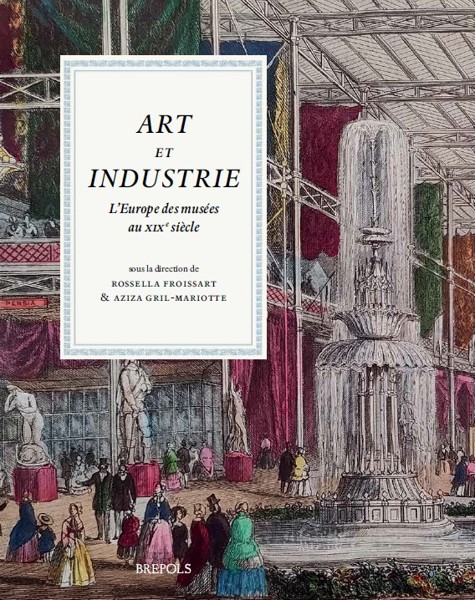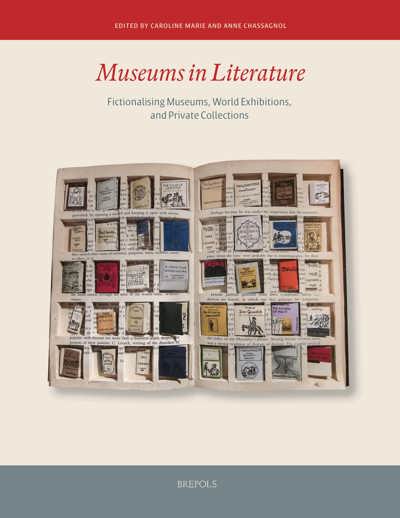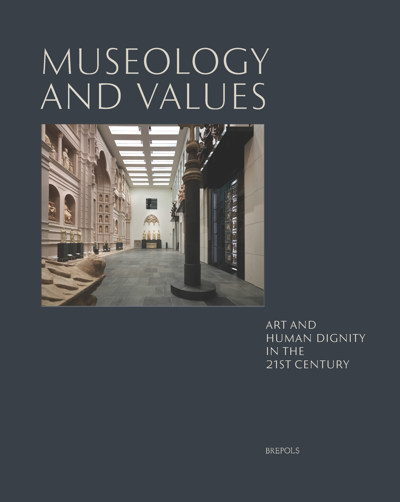
The Museum as Experience
An Email Odyssey through Artists' and Collectors' Museums
Dario Libero Gamboni
- Pages: 404 p.
- Size:225 x 280 mm
- Illustrations:60 b/w, 140 col.
- Language(s):English, French
- Publication Year:2020
- € 50,00 EXCL. VAT RETAIL PRICE
- ISBN: 978-2-503-58351-8
- Hardback
- Available
The first general study of museums created by artists and/or collectors, The Museum as Experience provides fifteen case studies ranging from the turn of 1800 to the present and distributed across the globe. New in form and content, it is written as a correspondence and illustrated with many unpublished documents. Focusing on museums preserving their original installation, it analyses display as a form of expression and raises key issues about the history, geography, anthropology, and aesthetics of art museums at large.
Dario Gamboni is a professor of art history at the University of Geneva and has been a guest teacher and researcher at many institutions in Europe, the Americas and Asia. He has curated several exhibitions and is the author of numerous books including The Destruction of Art: Iconoclasm and Vandalism since the French Revolution (London/New Haven, 1997) and Potential Images: Ambiguity and Indeterminacy in Modern Art (London, 2002).
Museums created by artists and/or collectors are a favorite destination of museum lovers and raise important issues in connection with the history and evolution of art museums at large. They have developed in a critical relation to large, collective or ‘encyclopaedic’ museums, defending a primacy of experience and intimacy. And they remain attached to the persons of their founders, functioning as monuments and even mausoleums. Yet despite their appeal, a recent surge of new creations and a wealth of monographic documentation, no general study of the topic has been attempted. The Museum as Experience describes and analyses the phenomenon as a whole, from its beginnings around 1800 to the present and from its European origin to a worldwide extension. It examines in depth fifteen case studies distributed across the globe and chosen for their representative character and the quality of their original arrangement. In order to do justice to their meaningful relation to the spatial context and to their hospitality towards the subjective visitor, the book is written as a travelogue and organizes a dialogue between two narrators, an architect and an art historian. Richly illustrated with many unpublished documents, it is a scholarly work that can be read like a novel. It argues that artists’ and collectors’ museums are best understood as ‘author museums’ and make it possible to enjoy and study display as a mode of expression and communication, an art of assemblage and installation avant la lettre, and a challenge for interpretation.
Foreword
Chapter One. Villa Vela – Museo Vincenzo Vella, Ligornetto
Chapter Two. “The Great Body of Art” – Gypsotheca e Museo Antonio Canova, POssagno
Chapter Three. Magic Mirrors – Sir John Soane’s Museum, London
Chapter Four. “My Painting Collection” – Sammlung Shack, Munich
Chapter Five. “Shut Away in the Middle of Paris” – Musée National Gustave-Moreau, Paris
Chapter Six. “It is My Pleasure” – Isabella Stewart Gardner Museum, Boston
Chapter Seven. Learning to See – The Barnes Foundation, Philadelphia
Chapter Eight. “The Period I Loved Above All Others” – Musée Nissim de Camondo, Paris
Chapter Nine. Archaeological Eruption – Museo Diego Rivera Anahuacalli, Mexico
Chapter Ten. A Shared Heritage – Noguchi Museum Long Island City
Isamu Noguchi Garden Japan, Mure
Museum of Jurassic Technology, Culver City
Chapter Eleven. Regere Fines – The Chinati Foundation, Marfa
Judd Foundation, Marfa
Chapter Twelve. Antipodes – Casa Museo Mario Praz, Rome
Museum of Old and New Art, Hobart
Chapter Thirteen. The Innocence of Museums – Masumiyet Müzesi [Museum of Innocence], Istanbul
List of Illustrations
Index




